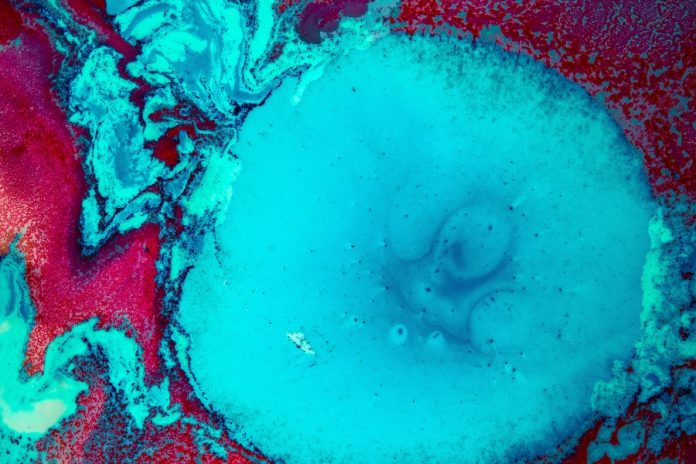With time, researchers keep unveiling the different capabilities of artificial intelligence and machine learning in different fields such as banking and more importantly, healthcare.
Recently, a study published in the Annals of Oncology revealed that an artificial intelligence system seems to be better at diagnosing and recognizing skin cancer than human physicians.
The team, made up of international researchers, theorized that artificial intelligence technology could become an essential tool for dermatologists, especially in diagnosing skin cancers.
Malignant melanoma cases are increasing rapidly in the world today. In fact, there are approximately 55,000 deaths and 232,000 new cases of the disease per year even though it can be treated if detected early enough.
Convolutional neural network (CNN), a form of artificial intelligence or machine learning, can aid in melanoma detection. However, data that compares a CNN’s diagnostic performance to bigger groups of dermatologist are still not available.
For this reason, researchers in France, the USA and Germany trained a convolutional neural network (CNN) how to spot skin cancer through showing it over 100,000 pictures of benign moles (or nevi) and malignant melanomas, which is known for being the most lethal type of skin cancer.
The researchers came up with two test sets of images drawn from the Department of Dermatology located at the University of Heidelberg in Germany. The images had not been used before in training.
Hence, they were are entirely unknown to the convolutional neural network (CNN). One set made up of 300 images was created for the purpose of testing the performance of CNN, but before getting down to business, 100 lesions (the most difficult ones) were chosen to test real dermatologist in comparison to the outcomes of the CNN.
To conduct the study, dermatologists across the globe were invited to partake in the exercise, with 58 from about 17 nations agreeing.
Out of those experts, 29% claimed to have less than two years dermoscopy experience whereas 19% of them indicated that they have two to five years’ experience. Additionally, 52% said that they were experts with over five years’ worth of experience.
First, the dermatologists were requested to make a diagnosis of a benign mole or malignant melanoma from the dermoscopic images and come up with a decision on how to manage the condition.
After four weeks, the experts were provided with clinical information regarding the patient including the position of lesion, sex and age as well as close-up pictures of the similar 100 cases (level II). What’s more, they were asked for management and diagnoses decisions again.
Dermatologists were able to accurately detect 86.6% of melanomas on average, in level I as well as correctly spot an average of 71.3 % of non-malignant lesions.
Nonetheless, when CNN was tuned to a similar level as the physicians in a bid to appropriately detect benign moles (71.3%), it detected 95% of melanomas, which is no mean feat.
On the other hand, at level II, dermatologist enhanced their performance, which allowed them to accurately diagnose 88.9% malignant melanomas as well as 75.7% that were not cancerous.
Source OnMedica
